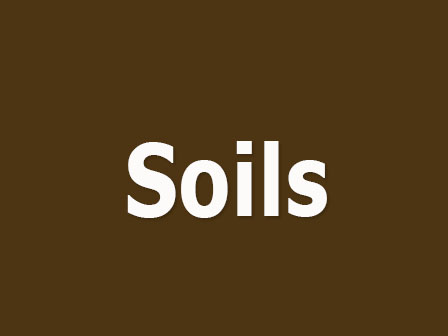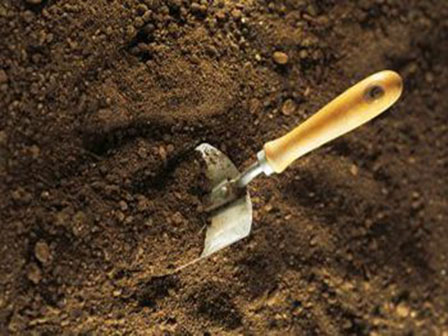Soil provides ecosystem services critical for life: soil acts as a water filter and a growing medium; provides habitat for billions of organisms, contributing to biodiversity; and supplies most of the antibiotics used to fight diseases. Humans use soil as a holding facility for solid waste, filter for wastewater, and foundation for our cities and towns. Advances in watershed, natural resource, and environmental sciences have shown that soil is the foundation of basic ecosystem function which provide us with feed, fiber, food and fuel.
A soil test commonly refers to the analysis of a soil sample to determine nutrient content, composition, and other characteristics such as the acidity or pH level. A soil test can determine fertility, or the expected growth potential of the soil which indicates nutrient deficiencies, potential toxicities from excessive fertility and inhibitions from the presence of non-essential trace minerals. From the test results and type of plants to be grown, you will be sent the appropriate fertilizer recommendation for good plant growth without adverse effects on the environment. The Itasca County Soil and Water can provide landowners with information on the University of Minnesota Testing Services. Please stop by our office or call us for more information.
A soil survey is the process of classifying soil types and other soil properties in a given area and geo-encoding such information. It applies the principles of soil science, and draws heavily from geomorphology, theories of soil formation, physical geography, and analysis of vegetation and land use patterns. In the United States, these surveys were once published in book form for individual counties by the National Cooperative Soil Survey. Today, soil surveys are no longer published in book form; they are published to the web and accessed on NRCS Web Soil Survey where a person can create a custom soil survey. This allows for rapid flow of the latest soil information to the user. In the past it could take years to publish a paper soil survey. Today it takes only moments for changes to go live to the public.



 218-326-5573
218-326-5573


